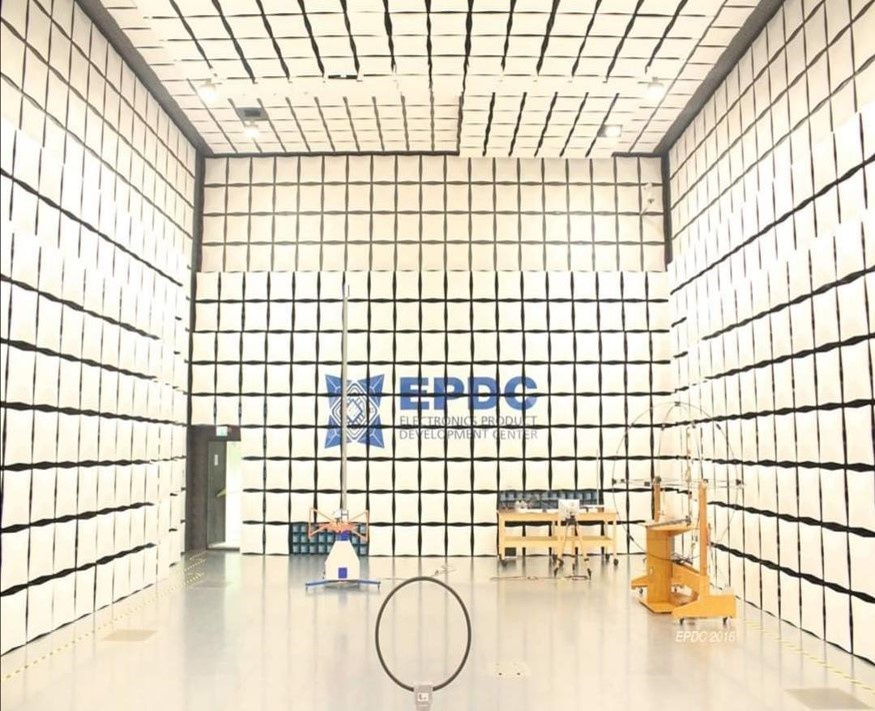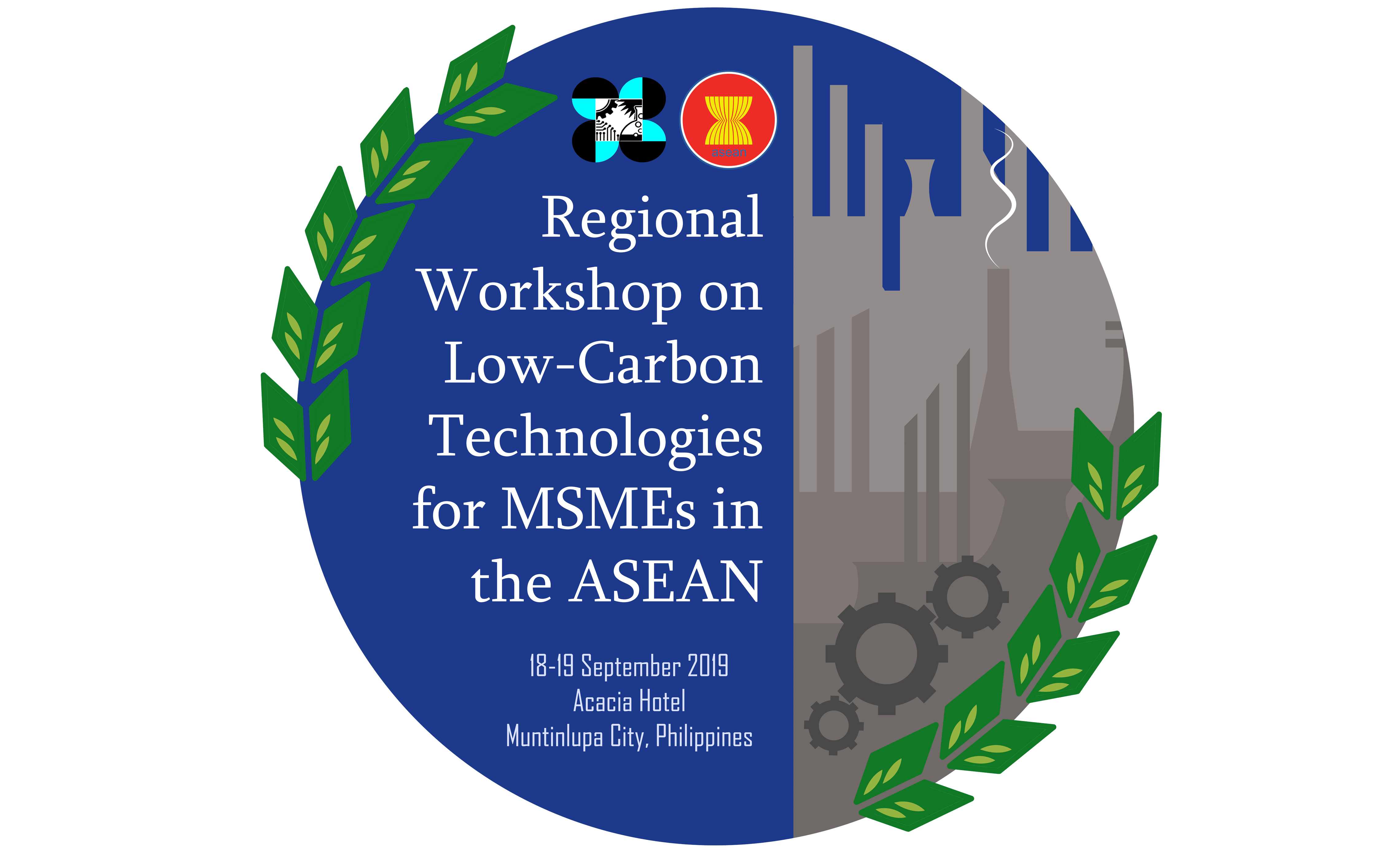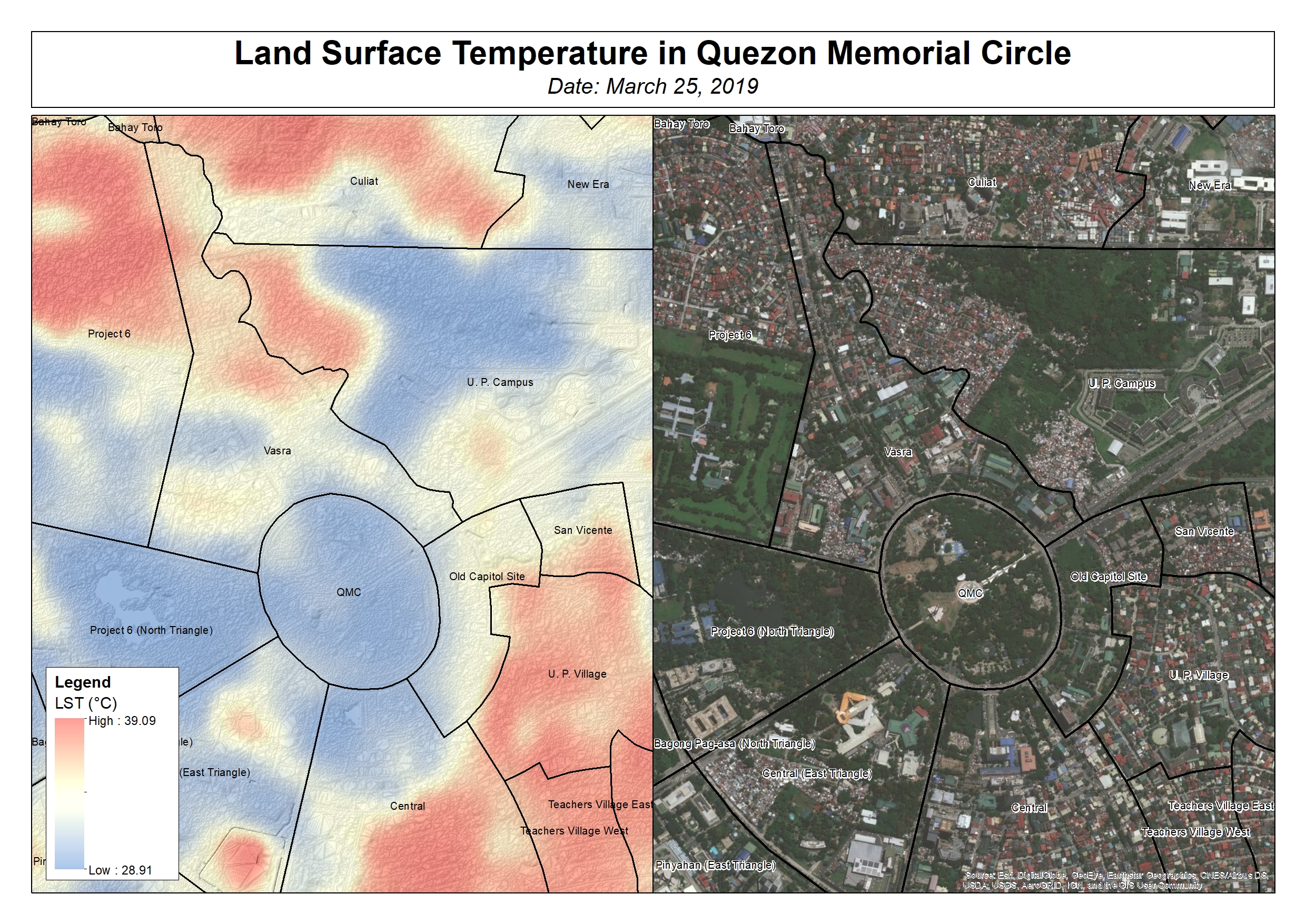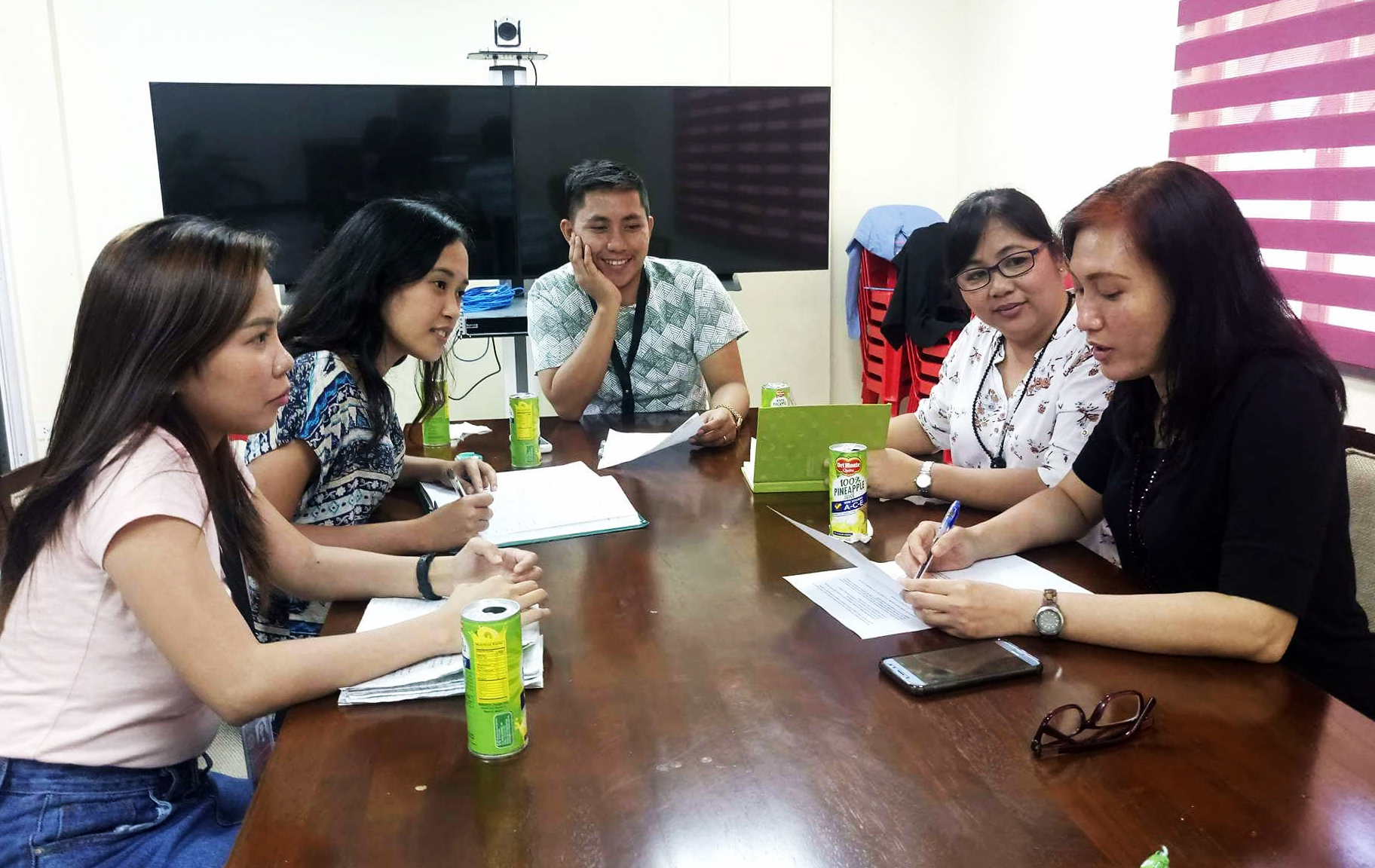Electronic products from the Philippines have a better chance of penetrating the international market as the Department of Science and Technology’s Electronics Product Development Center (DOST-EPDC), the Philippines’ premiere electronics testing center, gains its ISO 17025:2017 accreditation for electrical testing (EMC).
Awarded by the American Accreditation for Laboratory Accreditation (A2LA) - an independent, non-profit, internationally-recognized accreditation body in the United States for laboratory and laboratory-related accreditation services- the ISO 17025 positions the DOST-EPDC at par with electronics testing centers around the world as it recognized several testing methods of the center for its international compliance.
The accreditation recognizes the technical competence and the laboratory quality management system of the DOST-EPDC for electrical testing, (EMC).
DOST Philippine Council for Industry, Energy and Emerging Technology Research and Development (DOST-PCIEERD) Executive Director Dr. Enrico C. Paringit congratulated the DOST-EPDC for getting the ISO 17025:2017.
“The recognition that the A2LA awarded to DOST-EPDC is a testament to the continuous innovation that we have committed to the Filipino people. We are optimistic that more electronics companies will be trooping to the DOST-EPDC to have their products tested or create new designs using our machines,” he said.
A2LA awarded the ISO 17025:2017 for commercial and automotive component tests for both radiated and conducted emissions tests of DOST-EPDC for the following products: Internet of Things (IoT) equipment, Information Technology Equipment, Multimedia Equipment, Power Supplies, Uninterruptible Power Supplies, 3D Printers, Medical equipment and On-board Automotive devices (ie: camera, sensor, ECU, etc.).
During the last day of the Global Compliance Consulting (GCC) Technical Training conducted by Mr. Thomas Dickten (third from the left) attended by (left to right) Lemuel Borgonia, Victor Gruet, Hilary de Leon, Julius Solomon, Janel Sito, Jhonatan Tapay, and Darwin Bernabe Mendez in preparation for the accreditation.
DOST created EPDC in response to an industry need for facilities to improve product design, development, test, and to spur even more electronics manufacturing in the country, a call championed by the Electronic Industries Association of the Philippines (EIAPI). With DOST-EPDC, companies can have their product tests done in the country instead of sending them abroad. Inaugurated in 2017, DOST- Advanced Science and Technology Institute manages EPDC in partnership with EIAPI.
Through the DOST-EPDC, small, medium, and large enterprises can have easy access to testing facilities for their electronics products and even help them create their own through the various innovation programs of the facility.








